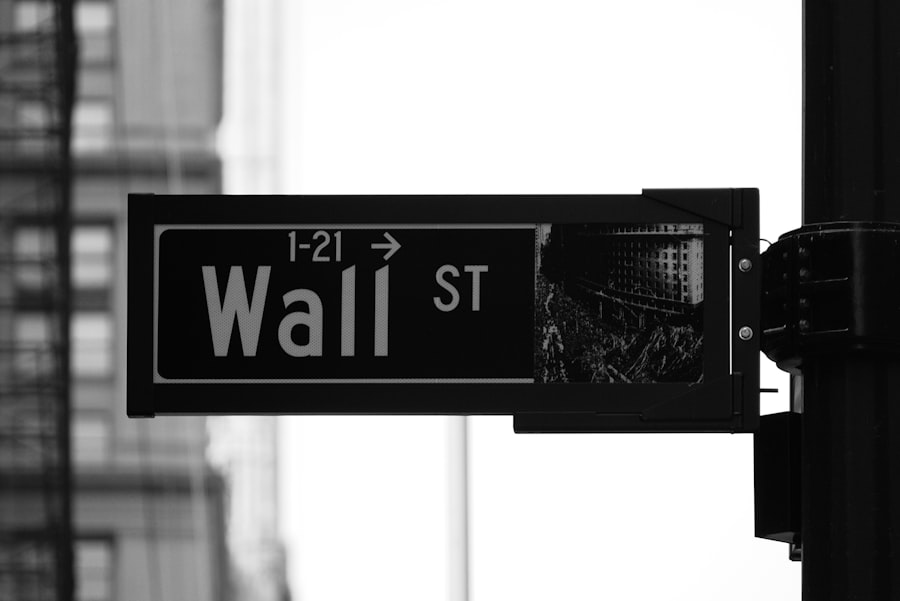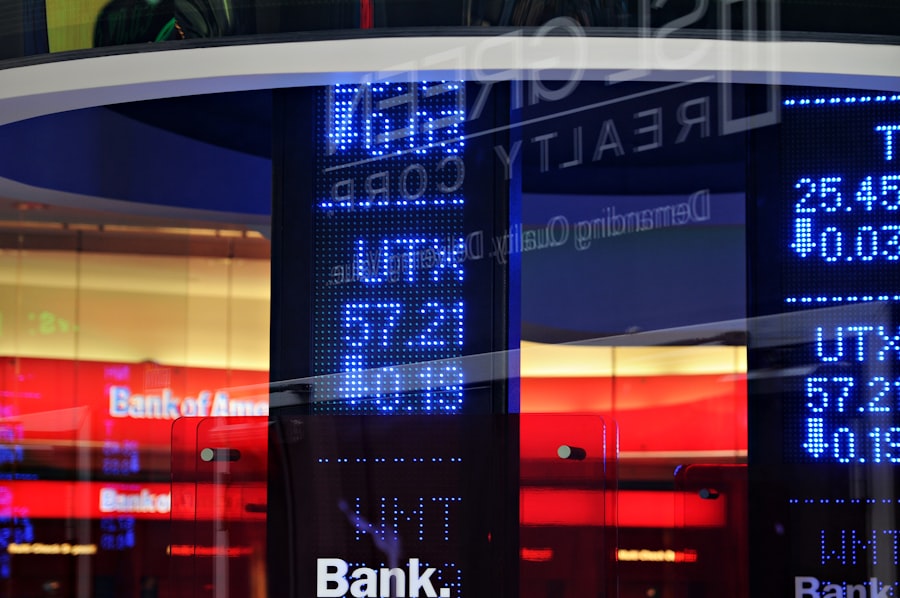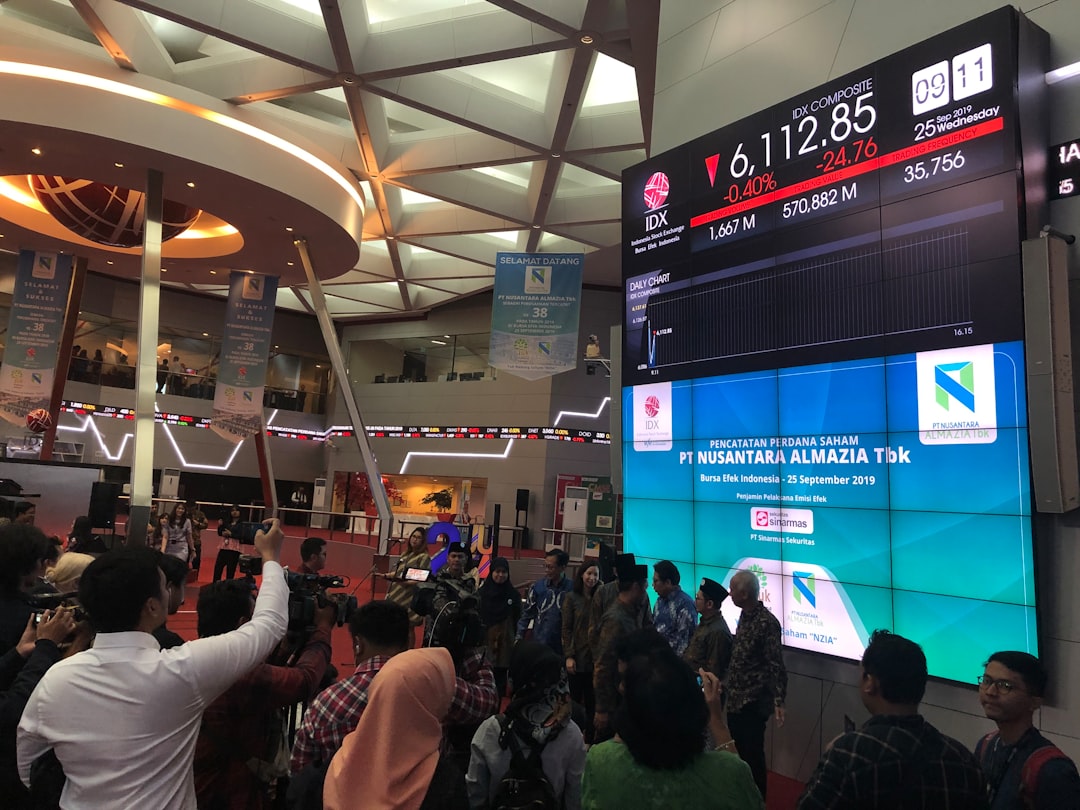The roots of commercial exchanges can be traced back to the dawn of human civilization, where the need for trade emerged as societies began to specialize in various crafts and agricultural practices. In ancient Mesopotamia, for instance, the Sumerians developed one of the earliest known forms of trade, utilizing barter systems to exchange goods such as grain, textiles, and pottery. This rudimentary form of commerce laid the groundwork for more complex economic interactions.
As communities grew and diversified, the limitations of barter became apparent; the need for a more efficient medium of exchange became essential. In response to these challenges, early civilizations began to establish marketplaces, which served as hubs for trade and social interaction. The agora in ancient Greece and the Roman forum are prime examples of such venues where merchants gathered to buy and sell goods.
These marketplaces not only facilitated the exchange of commodities but also fostered cultural exchanges and the spread of ideas. The establishment of trade routes, such as the Silk Road, further expanded these exchanges beyond local communities, connecting distant civilizations and allowing for the flow of goods, culture, and technology across vast distances. This early form of commercial exchange was pivotal in shaping the economic landscape of ancient societies and laid the foundation for future economic systems.
Key Takeaways
- Early civilizations saw the emergence of commercial exchanges as a means of trading goods and services.
- Money played a crucial role in the development of trade and commerce, facilitating the exchange of goods and services.
- Power and politics have always influenced economic exchanges, shaping the dynamics of trade and commerce.
- Modern financial markets and exchanges have evolved to become more complex and interconnected, shaping global economic systems.
- Globalization has significantly impacted commercial exchanges, leading to increased interconnectedness and interdependence among economies.
- The digital age is shaping the future of money and power, with technology playing a key role in transforming economic exchanges.
The Role of Money in the Development of Trade and Commerce
The Advent of Coinage
The introduction of coinage around 600 BCE in Lydia marked a significant turning point in economic history. Coins standardized value and provided a reliable medium of exchange that could be easily transported and divided. The development of money not only simplified transactions but also enabled the growth of credit systems.
The Rise of Credit and International Trade
As merchants began to trust one another, they started to extend credit, allowing for deferred payments and fostering larger-scale trade operations. This evolution was particularly evident during the Middle Ages when Italian city-states like Venice and Genoa became centers of commerce and banking. The establishment of bills of exchange and promissory notes facilitated international trade by allowing merchants to conduct business without the need for physical currency.
A More Interconnected Global Economy
This financial innovation was instrumental in expanding trade networks across Europe and beyond, ultimately leading to the rise of a more interconnected global economy.
The Influence of Power and Politics on Economic Exchanges

The interplay between power, politics, and economic exchanges has been a defining characteristic throughout history. Political entities have often sought to control trade routes and resources to enhance their power and influence. For example, during the Age of Exploration in the 15th and 16th centuries, European powers like Spain and Portugal established vast empires by controlling key trade routes to Asia and the Americas.
The quest for spices, gold, and other valuable commodities drove colonial expansion and led to significant geopolitical shifts. Moreover, political decisions have historically shaped trade policies that can either facilitate or hinder economic exchanges. Tariffs, trade agreements, and regulations are tools wielded by governments to protect domestic industries or promote international trade.
The Smoot-Hawley Tariff Act of 1930 serves as a cautionary tale; its imposition of high tariffs on imported goods led to retaliatory measures from other countries, exacerbating the Great Depression and stifling global trade. In contrast, modern trade agreements like NAFTA (North American Free Trade Agreement) illustrate how political collaboration can enhance economic exchanges by reducing barriers and fostering cooperation among nations.
The Evolution of Modern Financial Markets and Exchanges
The evolution of financial markets has transformed the landscape of commerce in profound ways. The establishment of stock exchanges in the 17th century marked a significant advancement in how businesses could raise capital. The Amsterdam Stock Exchange, founded in 1602, is often regarded as the world’s first official stock exchange, allowing investors to buy shares in companies engaged in trade and exploration.
This innovation not only provided businesses with access to funding but also democratized investment opportunities for individuals. As financial markets matured, they became increasingly complex, incorporating various instruments such as bonds, derivatives, and mutual funds. The 20th century witnessed significant developments in financial regulation and technology that further shaped these markets.
The creation of regulatory bodies like the Securities and Exchange Commission (SEC) in the United States aimed to protect investors and ensure fair trading practices. Additionally, advancements in technology have revolutionized trading practices; electronic trading platforms have made it possible for transactions to occur at lightning speed, increasing market liquidity and accessibility. The globalization of financial markets has also played a crucial role in shaping modern commerce.
With the advent of the internet and advancements in communication technologies, investors can now participate in markets around the world from virtually anywhere. This interconnectedness has led to increased capital flows across borders but has also introduced new challenges such as market volatility and systemic risks that can have far-reaching consequences on a global scale.
The Impact of Globalization on Commercial Exchanges
Globalization has fundamentally altered the nature of commercial exchanges by creating an interconnected world economy where goods, services, capital, and labor flow across borders with unprecedented ease.
For instance, countries like China have become manufacturing powerhouses due to their ability to produce goods at lower costs, while developed nations have shifted towards service-oriented economies.
This shift has not only transformed traditional supply chains but has also led to increased competition among businesses on a global scale. Companies must now navigate complex international regulations and cultural differences while striving to maintain profitability. The rise of multinational corporations exemplifies this trend; firms like Apple and Samsung operate on a global scale, sourcing materials from various countries while selling products worldwide.
This interconnectedness has created opportunities for innovation but has also raised concerns about labor practices, environmental sustainability, and economic inequality. Furthermore, globalization has facilitated the rise of e-commerce platforms that enable businesses to reach consumers across the globe without the need for physical storefronts. Companies like Amazon have revolutionized retail by providing consumers with access to a vast array of products from different countries at competitive prices.
However, this shift has also posed challenges for local businesses that struggle to compete with larger multinational corporations. As globalization continues to evolve, its impact on commercial exchanges will remain a critical area for analysis and understanding.
The Future of Money and Power in the Digital Age

The Shift Away from Traditional Financial Systems
As digital currencies gain traction among consumers, questions arise about the future role of central banks and government-issued currencies. Moreover, advancements in fintech are reshaping how individuals interact with money. Mobile payment systems such as PayPal, Venmo, and digital wallets have made transactions more convenient than ever before.
Democratizing Access to Financial Services
These innovations not only streamline payment processes but also democratize access to financial services for underserved populations globally. As financial technology continues to evolve, it is likely that we will see an increase in personalized financial services powered by artificial intelligence and machine learning.
Navigating the Challenges of Regulation, Security, and Privacy
However, with these advancements come challenges related to regulation, security, and privacy. Governments are grappling with how to regulate cryptocurrencies while ensuring consumer protection against fraud and cyber threats. Additionally, concerns about data privacy are becoming increasingly prominent as financial transactions become more digitized. As we navigate this rapidly changing landscape, understanding the implications of these developments on power dynamics within economies will be crucial for policymakers, businesses, and consumers alike.
In exploring the evolution of exchanges in the commercial revolution, it is important to consider the relationship between language and reality. A fascinating article on this topic can be found at this article, can shed light on the cultural and philosophical underpinnings of economic systems. Delving into concepts such as categories, functors, and the category Cat, as explored in com/understanding-categories-functors-and-the-category-cat/’>this article, can also provide a deeper understanding of the structures that govern exchanges and power dynamics.
FAQs
What is the Commercial Revolution?
The Commercial Revolution was a period of European economic expansion, colonialism, and mercantilism which lasted from the late 15th century to the early 18th century. It marked the transition from local economies to a global economy, and saw the rise of capitalism and the growth of international trade.
What are exchanges in the context of the Commercial Revolution?
Exchanges in the context of the Commercial Revolution refer to the institutions and mechanisms through which goods, services, and currencies were traded and exchanged. This includes physical marketplaces, as well as early forms of financial institutions such as banks and stock exchanges.
How did exchanges evolve during the Commercial Revolution?
During the Commercial Revolution, exchanges evolved from simple local marketplaces to more sophisticated and interconnected systems of trade. This evolution included the development of international trade routes, the establishment of joint-stock companies, the creation of stock exchanges, and the emergence of modern banking systems.
What role did money and power play in the evolution of exchanges during the Commercial Revolution?
Money and power played a crucial role in the evolution of exchanges during the Commercial Revolution. The accumulation of wealth and the pursuit of economic power drove the expansion of trade and the development of financial institutions. This led to the concentration of wealth and influence in the hands of merchant elites and powerful trading companies.
How did the evolution of exchanges during the Commercial Revolution impact global trade and economic systems?
The evolution of exchanges during the Commercial Revolution had a profound impact on global trade and economic systems. It facilitated the exchange of goods and resources across continents, leading to the integration of different regions into a global economy. This also contributed to the rise of capitalism and the establishment of modern economic systems.






















+ There are no comments
Add yours